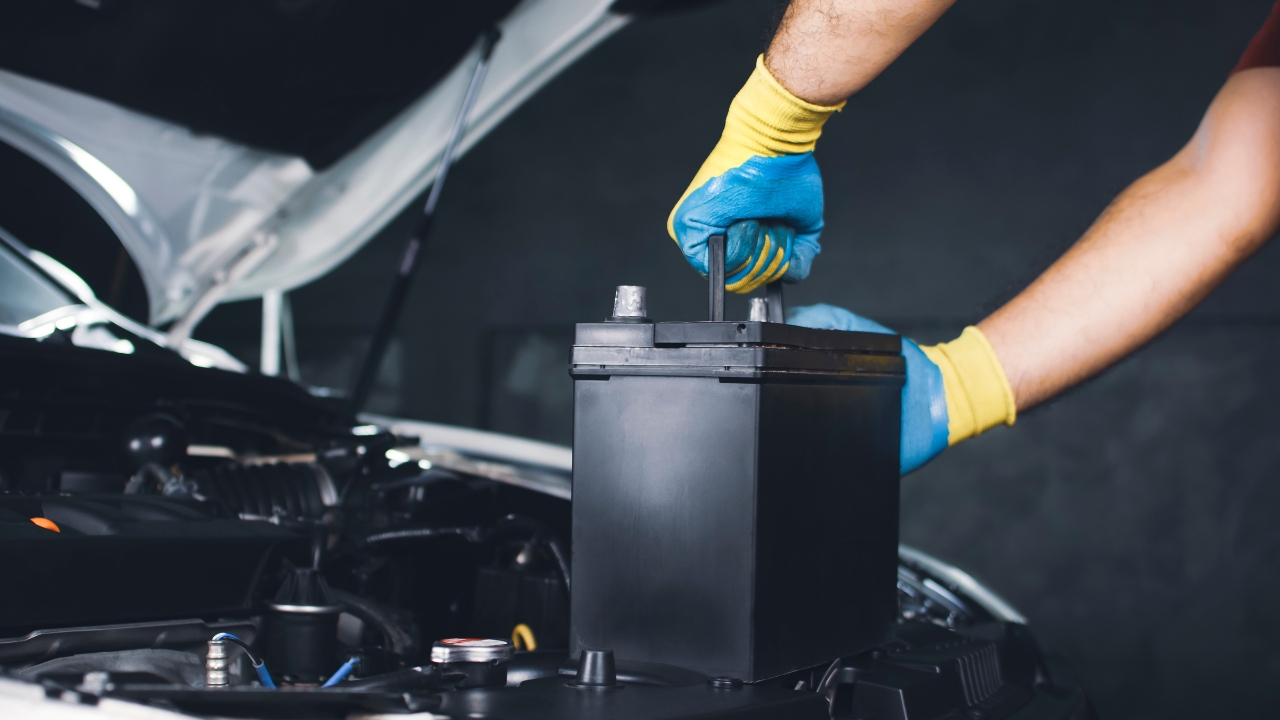Assume you’re cruising down the highway, wind in your hair and tunes blasting through the speakers, when suddenly, your car sputters to a halt. The culprit? A dead battery. In such moments of automotive distress, roadside assistance battery replacement becomes your saving grace.
However, even with the cavalry on its way, there are pitfalls to avoid when it comes to battery replacement. In this guide, we’ll delve into the nitty-gritty of common mistakes during roadside assistance battery replacement and how to sidestep them with finesse. Avoid the hassle and risks! Trust the experts at crossroadshelpline.com for reliable battery repair services.
Skipping the Diagnostic Stage: Unveiling the Root Cause

Before diving headfirst into battery replacement, it’s crucial to conduct a diagnostic assessment. While a dead battery may seem like the obvious culprit, underlying issues such as faulty alternators or parasitic drains could be at play. Skipping this step risks overlooking potential complications, leading to recurring breakdowns down the road. Utilize diagnostic tools to pinpoint the root cause accurately, ensuring a comprehensive solution.
Neglecting Safety Protocols: Prioritize Personal Well-being
Amidst the urgency of roadside assistance battery replacement, safety should reign supreme. Too often, individuals disregard essential safety protocols in their haste to resolve the issue swiftly. Before initiating battery replacement, ensure the vehicle is parked on level ground with the engine turned off and emergency brake engaged.
Additionally, don protective gear such as gloves and safety glasses to shield against potential hazards. Prioritizing safety not only protects yourself but also minimizes the risk of accidents during the replacement process.
Misidentifying Battery Terminals: A Polarity Predicament

An innocuous mistake with dire consequences, misidentifying battery terminals can lead to a shocking ordeal—quite literally. The positive and negative terminals on a battery are typically color-coded or labeled, yet confusion still ensues.
Reversing polarity during replacement spells disaster, potentially damaging the vehicle’s electrical system or causing sparks and explosions. Take heed to correctly identify terminals before disconnecting and reconnecting, ensuring a seamless transition sans mishaps.
Overlooking Battery Compatibility: One Size Doesn’t Fit All
Not all batteries are created equal, and compatibility is key to a successful replacement endeavor. Failing to match the new battery’s specifications with the vehicle’s requirements poses a significant oversight.
From size and voltage to cold cranking amps (CCA) and terminal placement, every aspect must align harmoniously. Consult the vehicle manual or seek guidance from roadside assistance battery replacement professionals to select a battery tailored to your car’s needs, sidestepping compatibility woes.
Rushing the Installation Process: Patience Yields Perfection

In the frantic frenzy of roadside assistance battery replacement, haste can be the enemy of precision. Rushing through the installation process increases the likelihood of errors and oversight, jeopardizing the efficacy of battery replacement.
Take a methodical approach, adhering to each step meticulously from disconnecting the old battery to securing the new one in place. Exercise patience and attention to detail, sparing yourself the agony of rework due to oversight or improper installation.
Forgetting Battery Registration: A Vital Calibration
Modern vehicles equipped with sophisticated electronics necessitate more than a mere plug-and-play approach to battery replacement. Forgetting to register the new battery with the vehicle’s onboard computer system can result in suboptimal performance and premature failure.
Battery registration calibrates the charging system to accommodate the new battery’s specifications, optimizing longevity and functionality. Don’t overlook this crucial step, as it ensures seamless integration and optimal performance post-replacement.
Ignoring Post-Installation Checks: Validate the Success
Once the new battery is snugly in place and connections secured, the temptation to hit the road may be overwhelming. However, neglecting post-installation checks is a recipe for potential disaster. Before declaring victory, perform a series of validation tests to ensure everything is in working order.
Verify proper terminal connections, test electrical components, and conduct a voltage check to confirm optimal battery functionality. Thorough post-installation checks provide peace of mind and preemptively address any lingering issues.
Final Words of Roadside Assistance Battery Replacement
Navigating the intricacies of roadside assistance battery replacement demands vigilance and attention to detail. By steering clear of common mistakes such as skipping diagnostics, neglecting safety protocols, and misidentifying terminals, you can ensure a smooth and seamless replacement process.
Remember to prioritize safety, adhere to manufacturer specifications, and validate success through post-installation checks. With these essential tips in your arsenal, you’ll be well-equipped to tackle battery replacement challenges head-on, ensuring a swift return to the open road with confidence and peace of mind. Ready to skip the headaches? Contact crossroadshelpline.com for swift and effective battery repair solutions.

